
Popular varieties of Allium suworowii
There are many varieties, mostly of Dutch origin. Their names often emphasize the power and strength of the plant. Often you can see an advertising picture, where the child stands among the stems, as if in a grove. Or the seller, like a fisherman, spreads his hands wide over the bulbs with a fist the size, saying: “That’s such a head.” This is not only an exaggeration, but also a part of the truth.
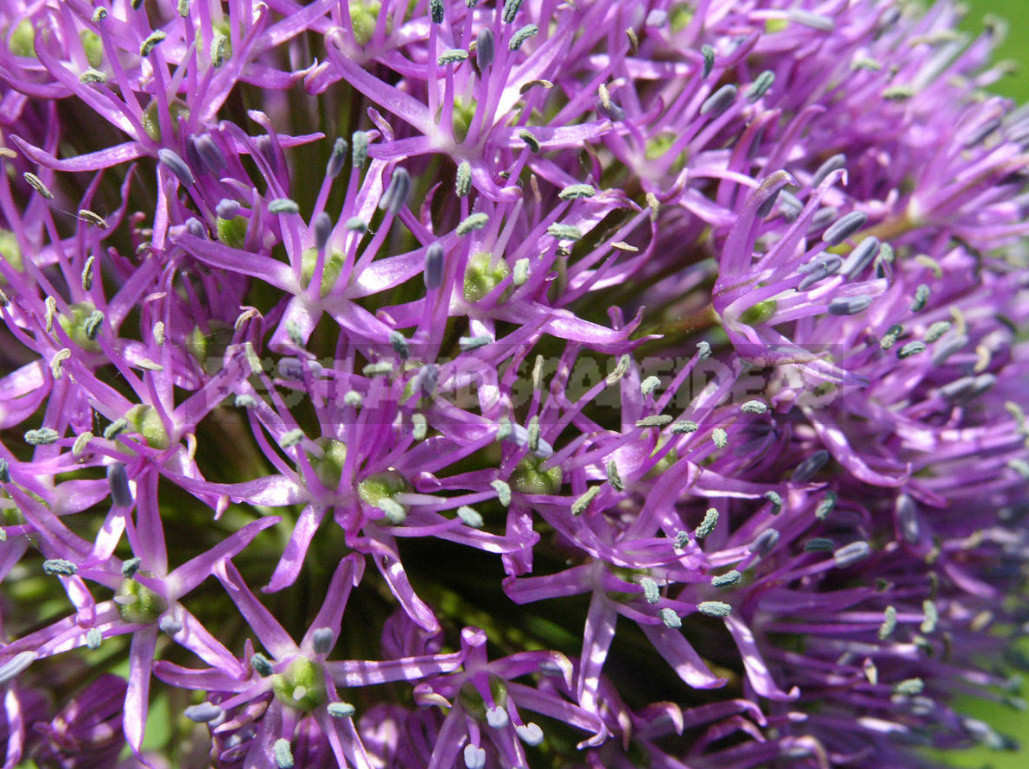
Some varieties are selected natural forms of species bows, others are of hybrid origin. The restless Fritsch — apparently a big fan of Allium suworowii — conducted a genetic analysis of some of them for the establishment of parents, and now they can be proud of scientifically proven pedigree.
‘Album’ – grade A. stipitatum, in fact, a form that occurs in nature. The flowers are greenish-white that quickly fades. Growth up to 150 cm Can be presented as a variety of A. rosenbachianum ‘Album’. Mentioned grade Allium aflatunense with the same name, but it has pale lilac flowers.
‘Gladiator’ – a hybrid of A. hollandicum and some visiting fellow, which could not be established. The stem is smooth, up to 120 cm tall, bluish leaves up to 9 cm wide, very dense purple inflorescence up to 15 cm in diameter. Sterile.
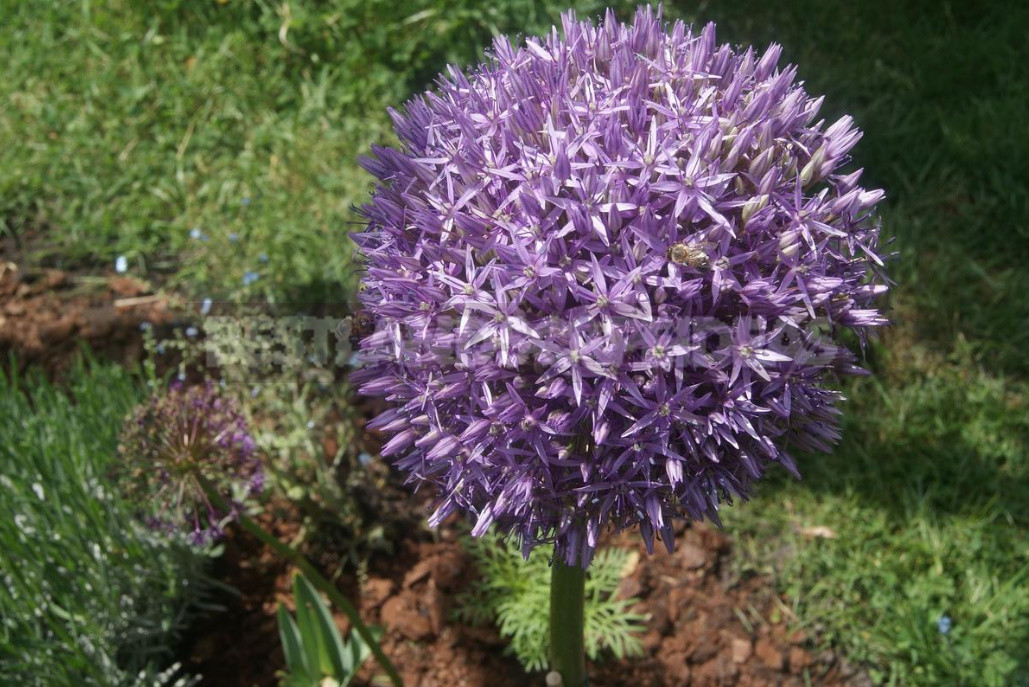
‘Globemaster’ is a hybrid of A. christophii, the latter is good in itself. From Allium cristophii received a large inflorescence (up to 20 cm in diameter), reduced growth (up to 1 m) and stellate flowers up to 3 cm in diameter. From A. elatum – purple flowers that sit so tightly that overlap. The leaves are bright green, shiny. Blooms late, in June – July. Very good Dutch variety. Sterile.
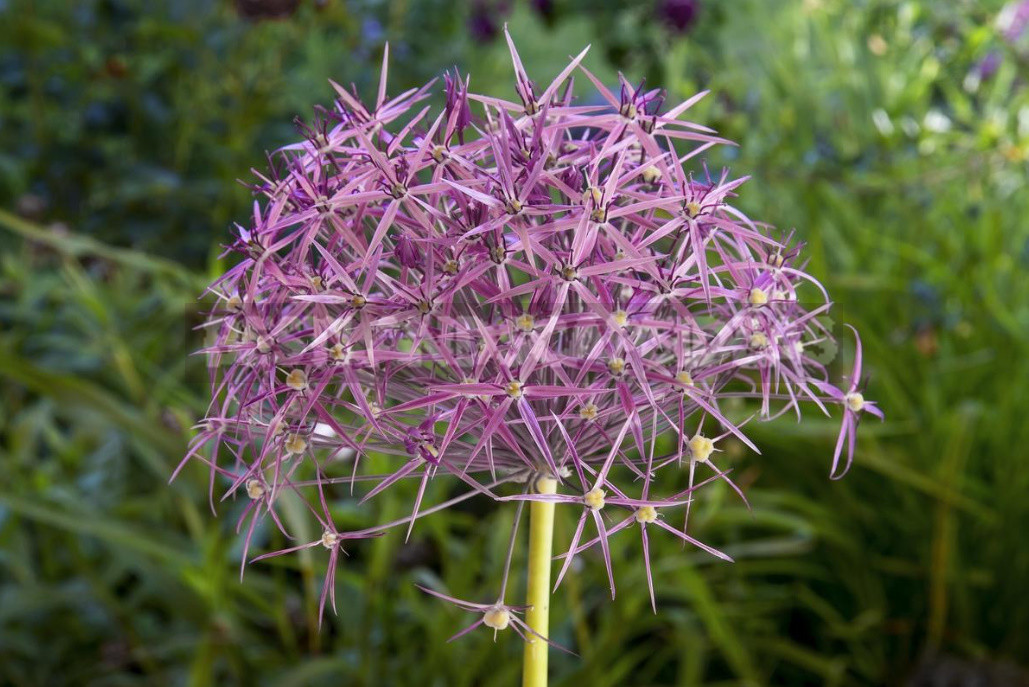
‘Globus’ is also a hybrid, but already A. karataviense. Bluish, with a smooth stem up to 50 cm, dense pinkish-cream inflorescence becomes round only at the end of flowering. Sterile.
‘Glory of Pamir’ is a powerful form of Allium stipitatum.
‘Goliath’ is a recognized descendant of A. altissimum and proves it with its height, which reaches 2 m! There are dense lilac inflorescences up to 13 cm in diameter and leaves up to 14 cm wide.
‘Lucy Ball’ – derived from a cross of A. hollandicum and unknown beauty. Growth to 1 m, slightly ribbed stem, leaves are bright green, up to 12 cm wide, dark reddish-purple flowers. Sterile.
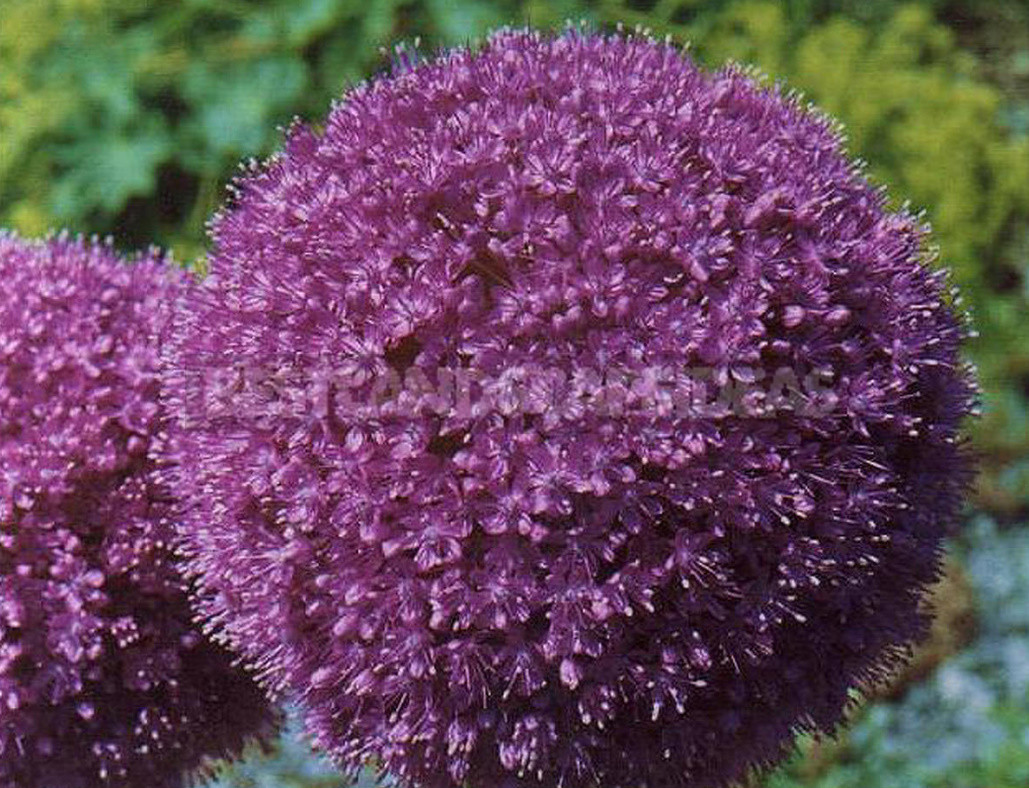
‘Mars’ is the purebred offspring of A. stipitatum. Powerful, up to 150 cm, leaves up to 15 cm wide, slightly protruding, well preserved (as written). Flowers are large, dark.
‘Michael H. Hoog’ – grade A. rosenorum, selected for height and brightness. Elegant, up to 120 cm tall, densely ribbed stem, grooved leaf, up to 3 cm wide. Inflorescence is quite dense, with pinkish-purple thin star-shaped flowers.
‘Mont Blanc’ – a cultivar of A. stipitatum. The flowers are creamy white with white stamens. Inflorescences neat, up to 15 cm in diameter. Height up to 150 cm.
‘Mount Everest’ – a cultivar of A. stipitatum, selected clone varieties ‘Album’. Unlike ‘Mont Blanc’, flowers with yellow stamens, inflorescences smaller and not so correct — rather, hemispherical. Height up to 120 cm. Resistant to fungal diseases.

‘Purple Sensation’ – one of the varieties of A. hollandicum. Representatives of this variety show variability, because they are reproduced by seeds. Normally up to 70 cm tall, with slightly ribbed stems, protruding leaves up to 4 cm wide and Cup-shaped dark purple flowers.
‘Purple Surprise’ – clone of the previous one. Different shade of flowers.
‘Rien Poortvliet’ – mutation varieties ‘Gladiator’ with amethyst flowers. Only 70-90 cm tall.
‘White Giant’ is really a giant form of A. stipitatum, up to 2 m high. Leaves sticking out, up to 60 cm long and preserved until the end of flowering. Flowers, of course, white. Blooms late, in June – July.
Features of cultivation and reproduction of Allium suworowii
Allium suworowii not differ by taste. Almost all of them can be grown in one bed. The main requirement of these powerful plants – fertile deeply worked soil. Better clay than sand. When watering they look and in the sun, but longer retain beauty in a light shade of deciduous trees.
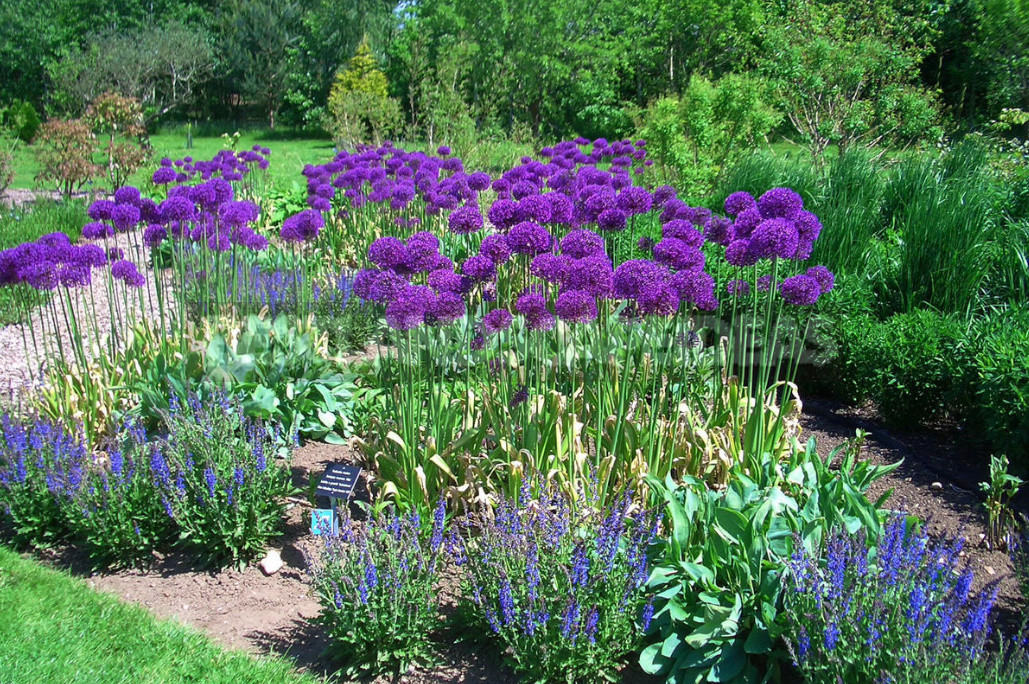
The disadvantage of many Allium suworowii is that the leaves begin to wither before the end of flowering, and they have to hide among the neighbors in the flower garden. But more was to follow. And by the end of July, the plant dries completely, leaving a strong stem with an umbrella of fruit-boxes. It can be put in a vase.
In the coming period of rest, the bulb is left in the ground at will or removed and stored dry until September. But in September – early October it will have to be planted again, so that it could take root.
Allium suworowii sow under winter, they develop long and usually bloom for 5-6 years. In addition, the bulb in good conditions annually or in a year doubles, and even triples. When the nest becomes crowded, Allium suworowii is seated. But do not delay Seating until late. Closer to autumn, with a decrease in temperature and high humidity, the bulb releases its roots, and at this time the transplant can become lethal for it.
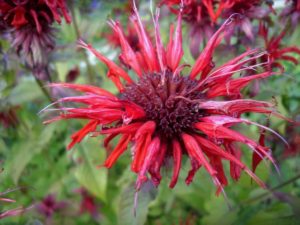

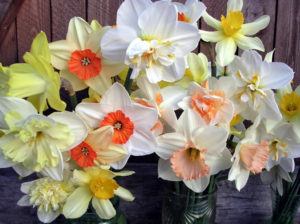

Leave a Reply